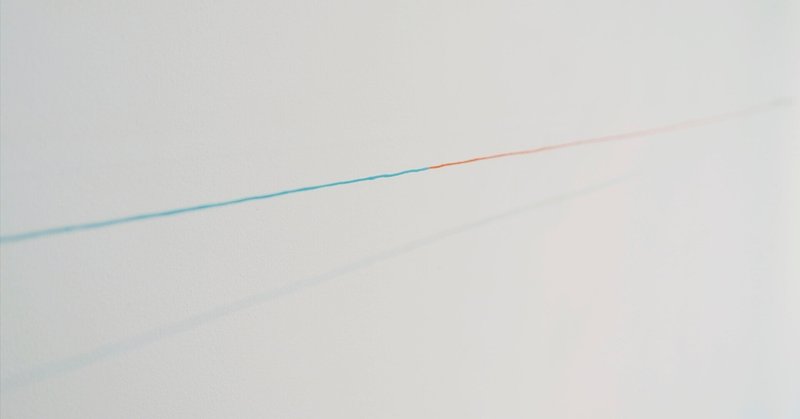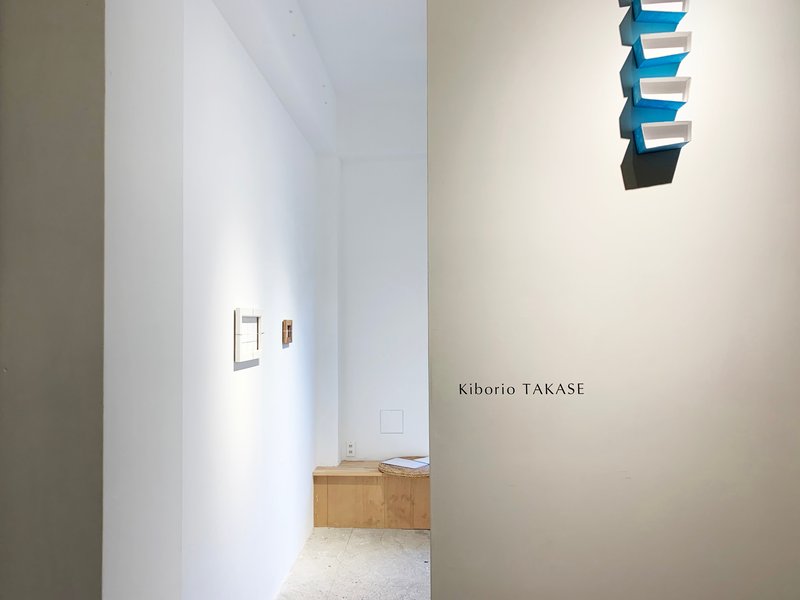
Onsen and Art
Text by Jun'ichiro ISHII
Translated by Kei Ota
日本語 で読む
There was one time a Japanese language student asked me this question.
—What is the difference between an “onsen” and a “sento”?
I enjoy teaching Japanese, especially moments like these. Cracks appear in the “routine" and unfamiliar “mysteries” reveal themselves right before my very eyes. How much do I really know? I wonder. A sound akin to a wooden bath bucket hitting the floor reverberates in my mind.
◉
A language system is a universe in itself. We have the ability to depict every corner of the universe in the space of our consciousness within one language.
According to Benjamin Whorf, an American linguist known for his book, "The Sapir-Whorf Hypothesis," the word for "time" does not exist in the indigenous language of the Hopi tribe in North America.
Their language has no vocabulary, grammar, syntax, or expression that indicate any function related to time such as "past," "present," "future," "duration," or “continuation”, but there is no sign that their world is collapsing without these ideas. In fact, the Hopi people are able to practically describe every visible inch of phenomena in the universe just like any other language. In other words, while using their own way without any concept of "time," they are able to expand their perception with their imagination—just like any other language to rationally come to terms with “contradictions”. In other words, they are gazing at a “universe without fault".
Learning another language may be likened to learning another cosmology, or form of the universe. Despite being puzzled at Japanese’s strange phrases and ways of perception, its language learners incorporate the Japanese universe into their cognizance. While they may question it and have no idea who “okagesama” is, they live within the Japanese universe where their work is going well thanks to ”okagesama”.
Now, let us regard the question of “onsen” and “sento”.
Is an onsen a large bathhouse in a ryokan and a sento a bathhouse in a town? Not necessarily, as in Hakone and Beppu, the town "sento" is still considered "onsen" water.
—There may be a clue here in water. A “sento”(銭湯) as its name implies, is a business that sells hot water; meaning the quality of the water is not in question. On the other hand, “onsen" (温泉) does refer to water quality. Indeed, while the saying goes that there is “a hot spring that gushes up unnoticed in a forest”, there is no such thing as “a public bath that gushes up unnoticed in a forest”. Regardless of whether you sell water drawn from a hot spring or heated tap water, if you sell "hot water,” it would superbly suffice as a “sento”.
◉
When I see Kiborio Takase's works, I think of "a hot spring that gushes up unnoticed in the forest”. Takase's works are never made for the purpose of being sold. Even if they are sold, it is a matter of the gallery having drawn from the source of hot water that is "Takase" to the exhibition.

This does not mean that Takase's works are "not made for profit”. It means he creates a work of art “even if it is not intended for profit”. This may sound obvious to many of us but for an artist, this is quite a difficult task.
Takase's statement reads as follows.
“Let us imagine painting cerulean blue on a canvas and calling it “blue". (…) What would this be? Is it “blue” as I call it, or is it a “painting”? Does “blue” mean "painting"?(…) If you take a common store-bought industrial product, assemble it accordingly to the manufacturer's instructions, and then place it on a vertical white wall in a room called a gallery, people would consider it a work of art. But if you think about it, the white wall adjacent to the work was also painted by someone else. Therefore the only difference between my "blue" and the white wall is whether it is portable or not. Because the “blue" could also have been white.”
Takase's work is about bringing this “inquiry” into the gallery. What hangs on the wall is neither "blue" nor “painting", but Takase's “inquiry”. Paintings or art that hang in the living room may provide relief for the day’s fatigue with comfortable warmth—or, they may be like hot spring water that activates the spirit with minerals exquisitely dissolved by geothermal, geological, depository veins, and various other conditions.
Let me be clear: Not all artworks sold in galleries are onsen water. And not all onsen water has a "good" effect on all "symptoms" either.
◉
If museum exhibitions originated as proof of cross-cultural conquests from the acts of dragging down other “gods” from altars and displaying them as trophies, if museum exhibitions were “iconoclastic” acts of stripping these gods of their holiness to prey on the purely visual, then perhaps what Marcel Duchamp did was a kind of "idolatry," by taking something unholy and commonplace in everyday life, placing it on the altar of the exhibition table in the temple of the museum to deem it holy.
Takase asks: What is the meaning of a "color" painted on a canvas by an artist and then hung on a wall painted by someone else? Like floating a wooden bath bucket full of hot spring water drawn from deep in the mountains in the middle of a swimming pool filled with tap water, it is a perceptive, delicate, and profound artistic act.

Kiborio Takase exhibition
2022.02.11-03.13 Fri / Sat / Sun
Open 12:00 - 17:00 at KIKA gallery
Jun'ichiro ISHII
https://junichiroishii.com/
Ishii (b. 1975) is an artist who has traversed through the “art peripheries/interlocal sites" of Asia, the Middle East, and Europe, producing and exhibiting his work in more than 20 countries since 2004. Since 2020, as a residencies coordinator, he has been organizing a network of artist residencies at ICA Kyoto (Institute of Contemporary Arts Kyoto) while also producing exhibitions for artists at KIKA gallery, as a program manager. Ishii is also a part-time lecturer at Kyoto Seika University.
この記事が気に入ったらサポートをしてみませんか?
